Enjoy below!
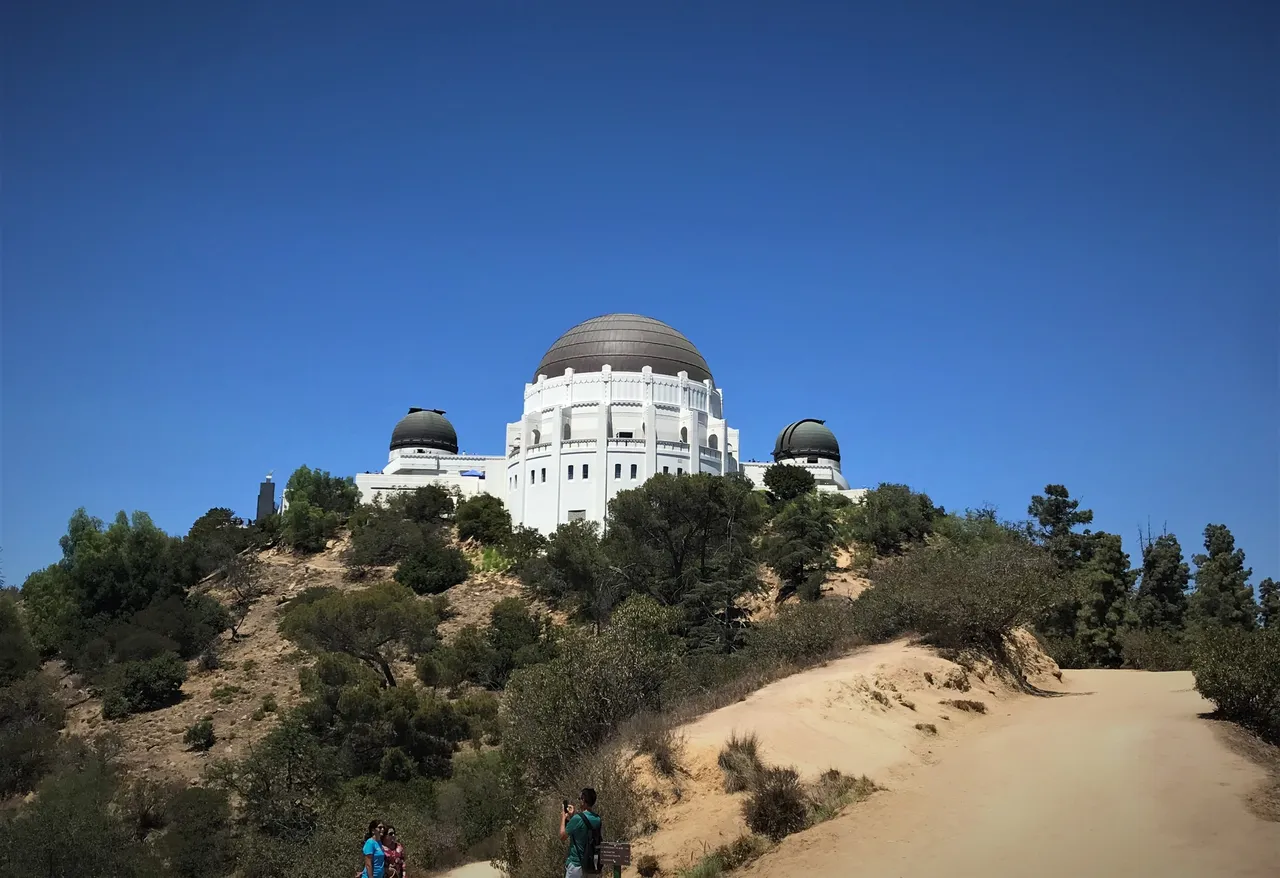
The History of Griffith Observatory
The inspiration for the Observatory and for Griffith Park came from Griffith J. Griffith who was the benefactor for both. The idea of a “public observatory” was a very new one at the turn of the 20th century, but Griffith developed very precise specifications regarding what should be included in the building. From 1935-2002, the Observatory provided southern Californians and visitors from around the world with chances to observe, to learn, and to be inspired. Griffith’s vision for the building was updated and enhanced when the Observatory was renovated and expanded from 2002-2006. Since reopening after renovation, the Observatory has reached increasingly larger audiences, both in-person, online, and through media and film. In 2020, the Observatory celebrated its 85th anniversary.
While Griffith Observatory opened in 1935, the first concept of the Observatory emerged decades earlier. In 1904, Griffith J. Griffith had a profound experience observing through Mount Wilson Observatory’s 60-inch telescope and decided there needed to be a public observatory in Los Angeles so people could share in his transformative moment of observing. For over 76 years, the Observatory realized his vision for tens of millions of people and became an icon of Los Angeles.
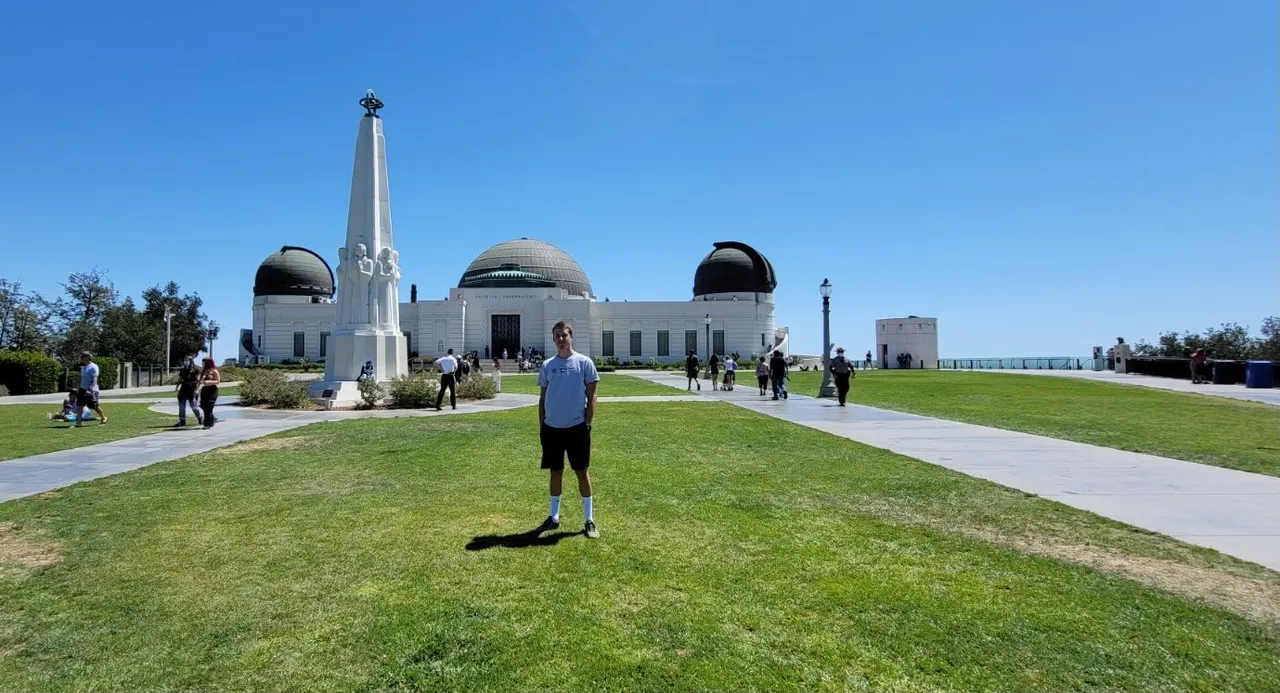
Renovation and Expansion of Griffith Observatory
As early as 1978, public and private officials recognized the Observatory’s future would depend on a concerted effort to restore the existing building and expand it to improve the experience for the vast audiences who visited each year. Guided by a 1990 Master Plan, the City of Los Angeles and non-profit Friends Of The Observatory crafted a unique public-private partnership to ensure the Observatory would continue its mission for generations to come. The building closed to the public on January 6, 2002, to begin this work. A world-class team of architects, exhibit designers, astronomy experts, construction workers, exhibit fabricators, instrument and equipment builders, and many others worked carefully and expertly for four years to return Griffith Observatory to the people of Los Angeles and beyond. When the doors reopened to the public on November 3, 2006, the renewed Observatory once again took its place on the world stage.
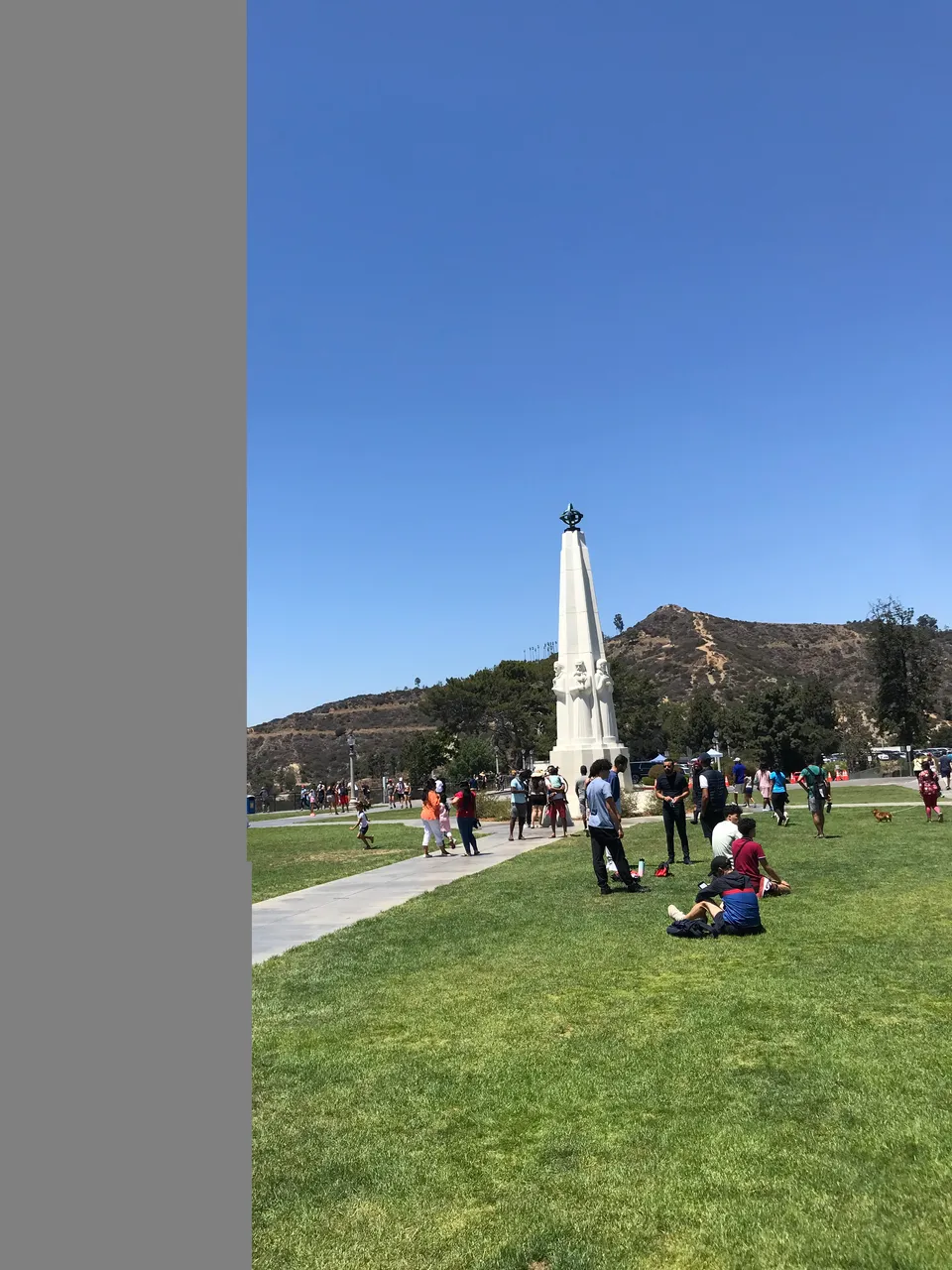
Project Budget
The total cost of the renovation and expansion project was $93 million. Roughly 70 percent of this total $66.5 million) went toward construction-related costs, which include architectural design and drawings. The balance was for exhibit development ($14.8 million), planetarium equipment and show production ($8.5 million), and other expenses (3.2 million). Both public ($67.4 million) and private ($25.6) sources provided funds for the project. Friends Of The Observatory (FOTO) directly raised nearly a third (over $30 million) of the required funds and also participated actively in securing much of the other funding for the project.
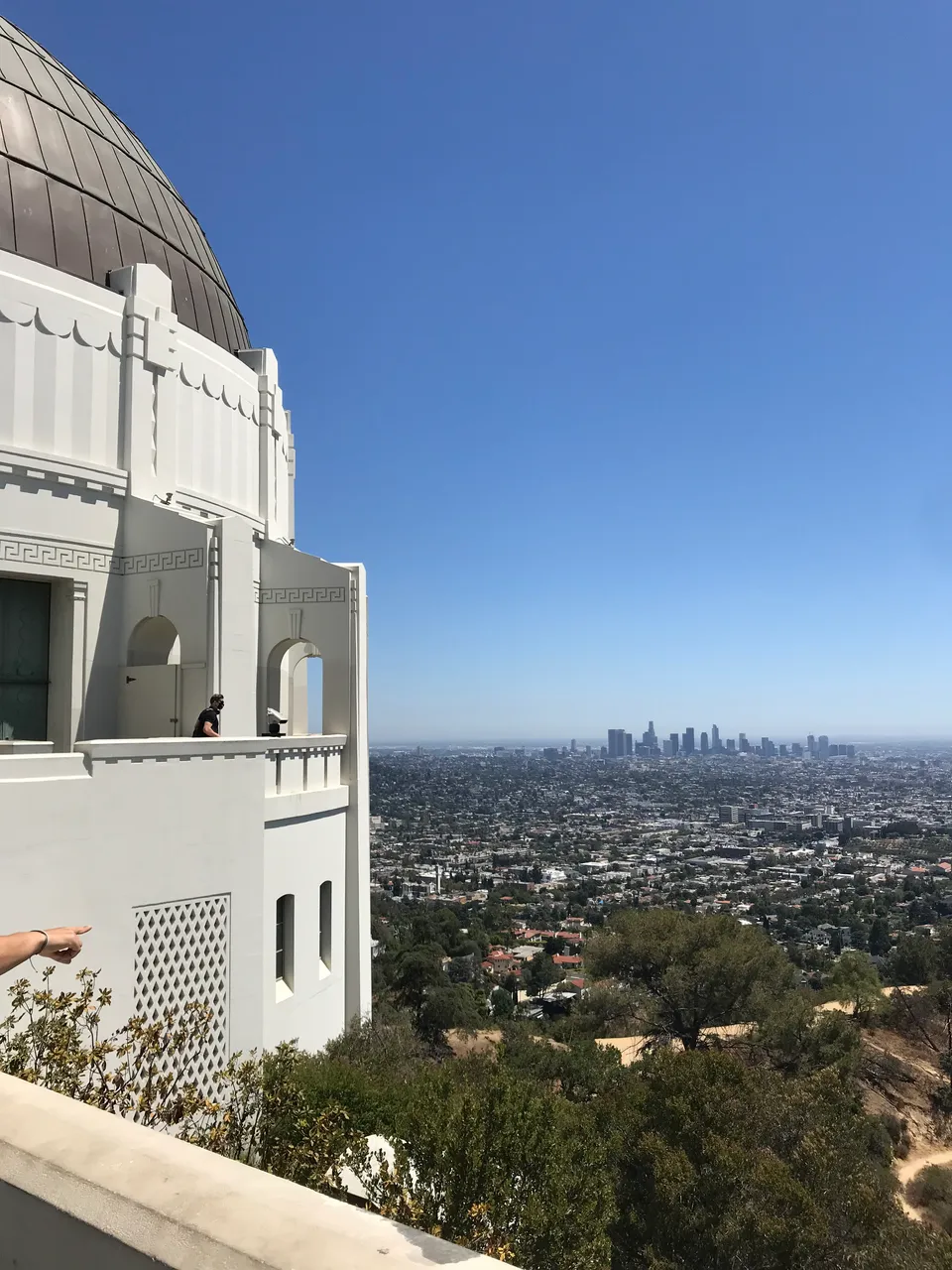
Public-Private Partnership
The renovation and expansion of Griffith Observatory was a singularly successful public-private partnership between the City of Los Angeles Department of Recreation and Parks, which owns and operates the facility, and Friends Of The Observatory (FOTO), the Observatory’s non-profit support organization. Major participants (and primary roles) in the renovation and expansion project include:
Los Angeles Department of Recreation and Parks (project management, building operation).
Los Angeles Department of Public Works (construction management), through its Bureau of Engineering.
Pfeiffer Partners, Inc. (principal architect), Levin & Associates Architects (associate architect), and S. J. Amoroso Construction (building construction general contractor) were the major contractors for the building and construction project.
Friends Of The Observatory (FOTO) (fundraising, specialized equipment acquisition, exhibit program management and acquisition).
C&G Partners LLC (exhibit designers), Maltbie, Inc. (exhibit general contractor), Carl Zeiss Jena GmbH (star projector), Evans & Sutherland Computer Corporation (digital projectors), and Spitz, Inc. (Samuel Oschin Planetarium dome) were the major exhibit and equipment contractors.
Public leadership was provided by Los Angeles Mayors James Hahn and Antonio Villaraigosa, Congressman Adam Schiff, Assemblymember Dario Frommer, Los Angeles Chief Legislative Analyst Ron Deaton, and by Los Angeles Councilmember Tom LaBonge, who was the tireless advocate for the Observatory and the project for decades.
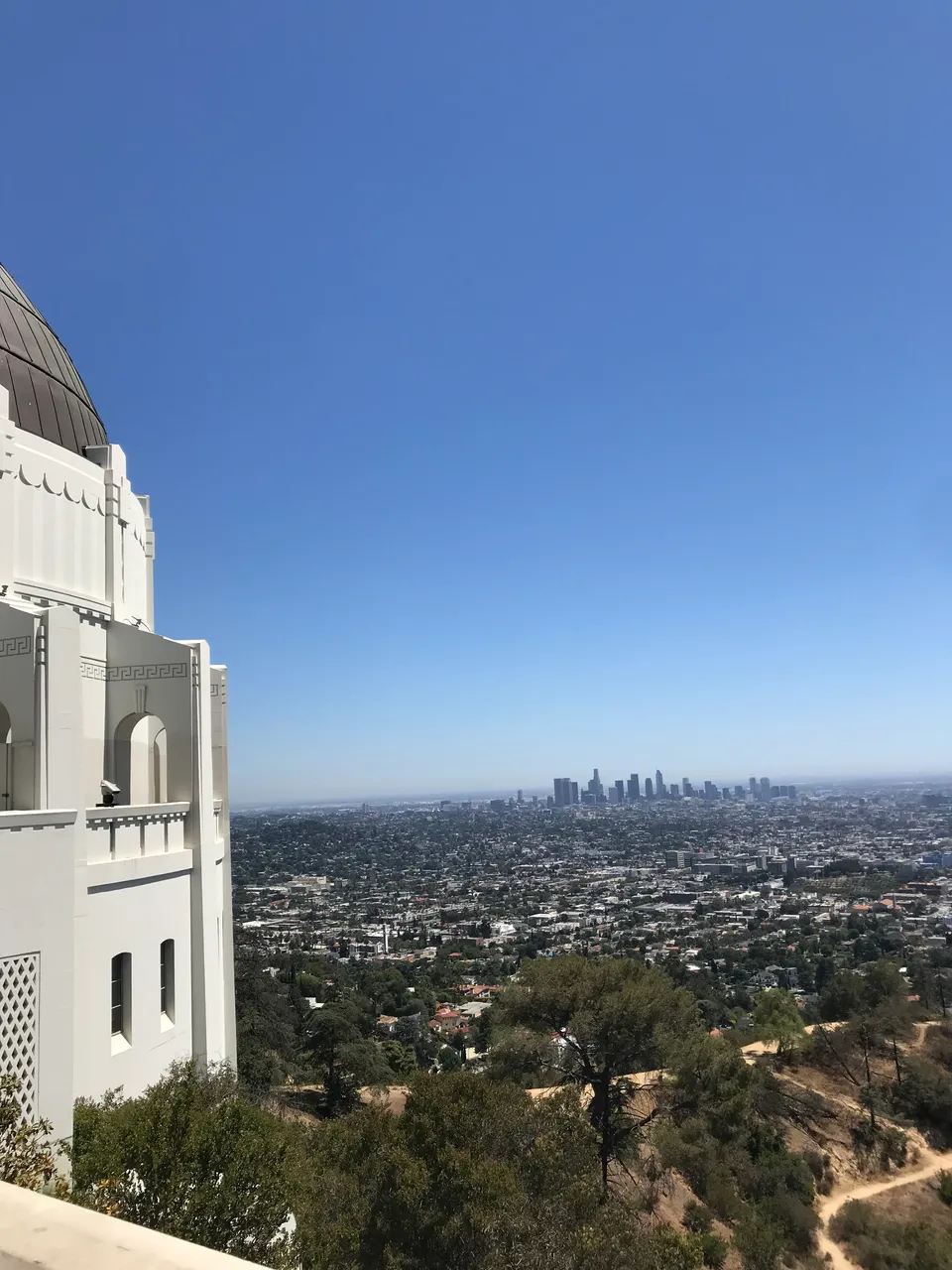
America is an interesting country and I think it is worth visiting. If you are able and have the desire, be sure to visit it. a lot of new things can be learned and seen.
Greetings until the next post!
All photos are photographed by myself!
